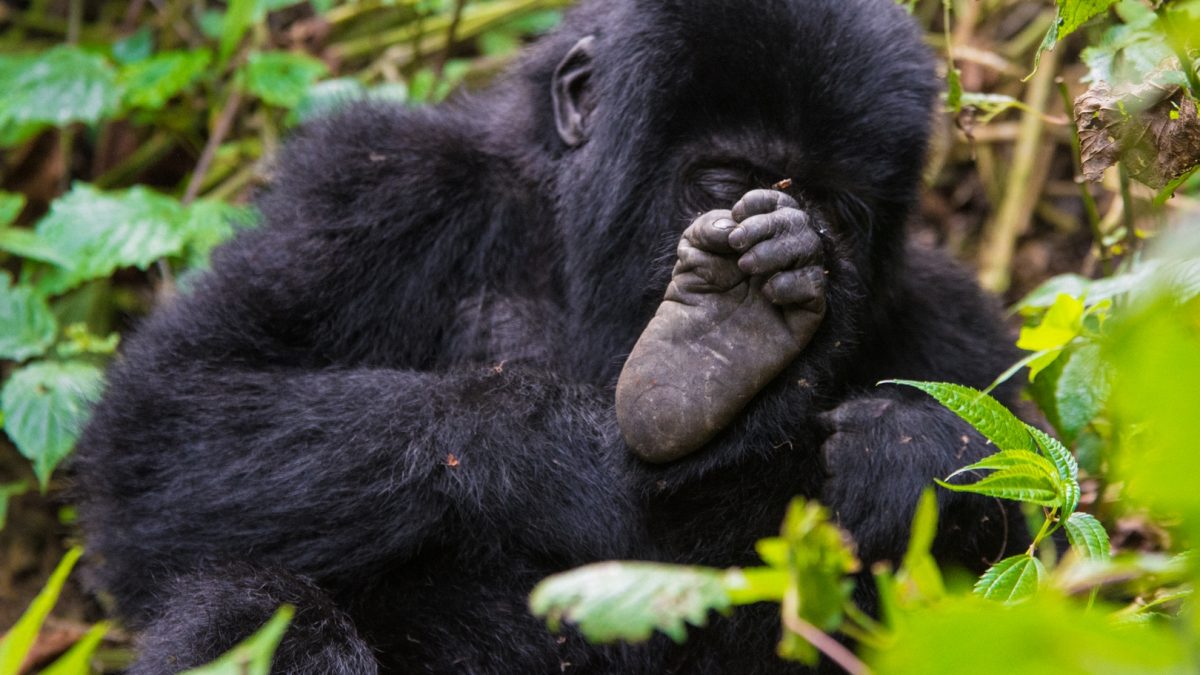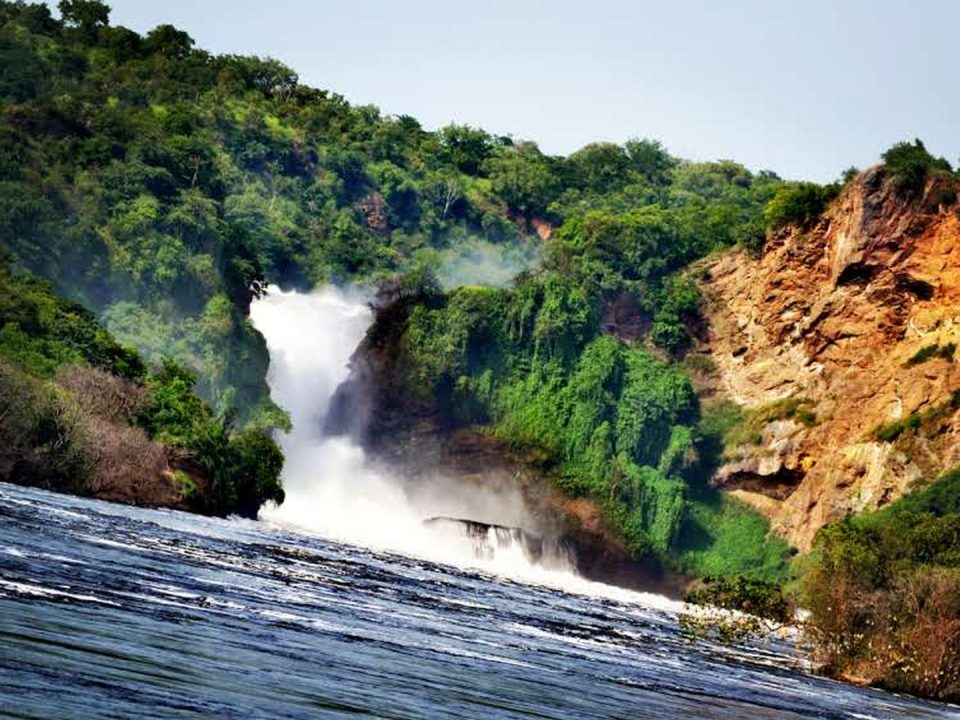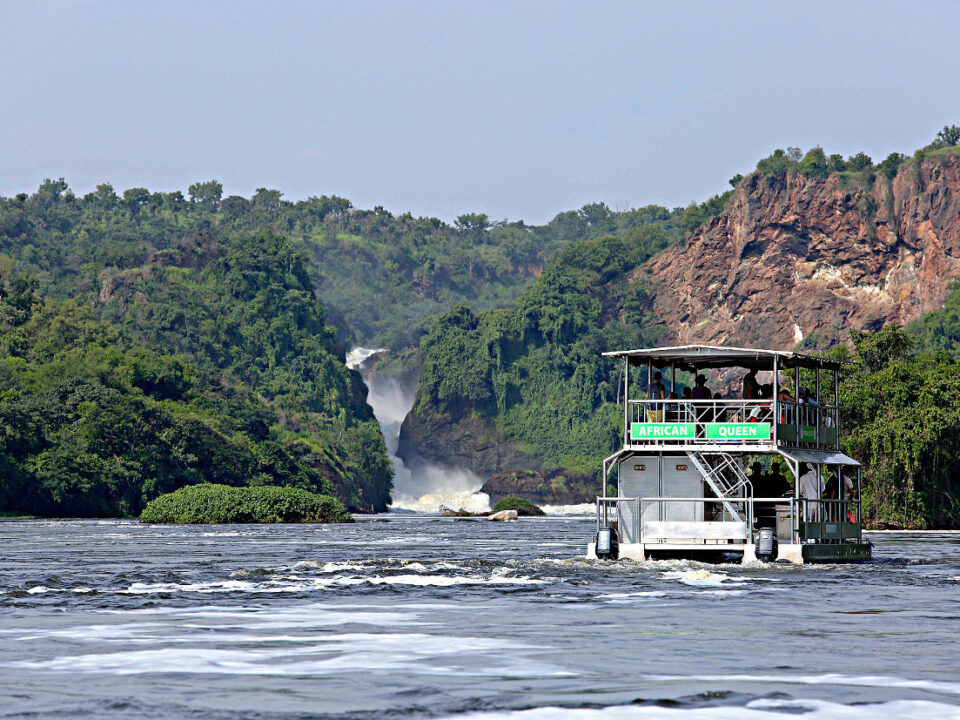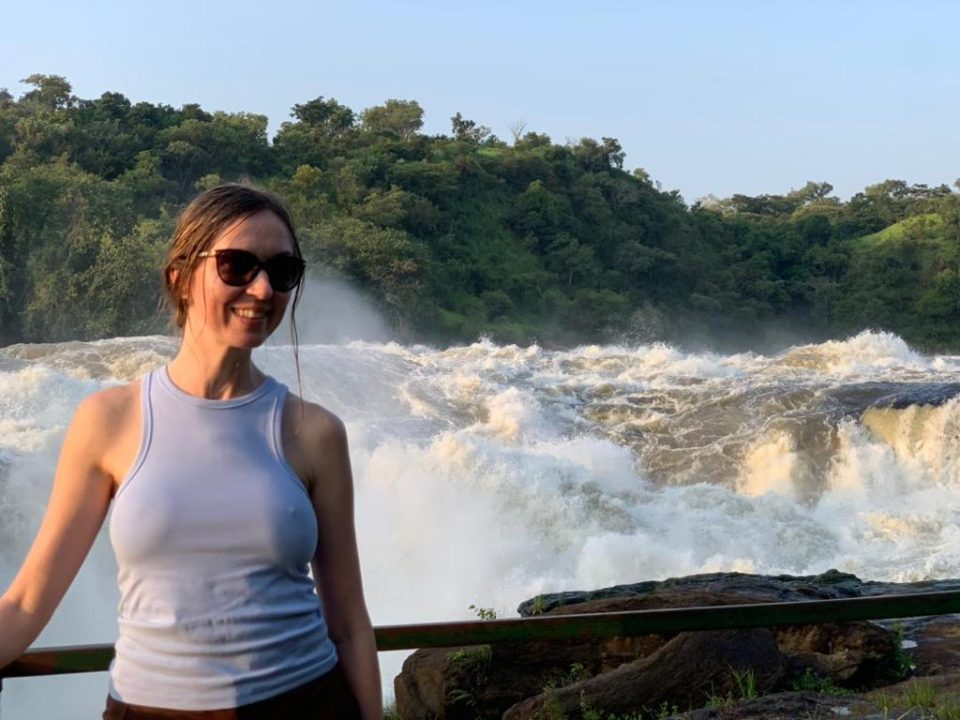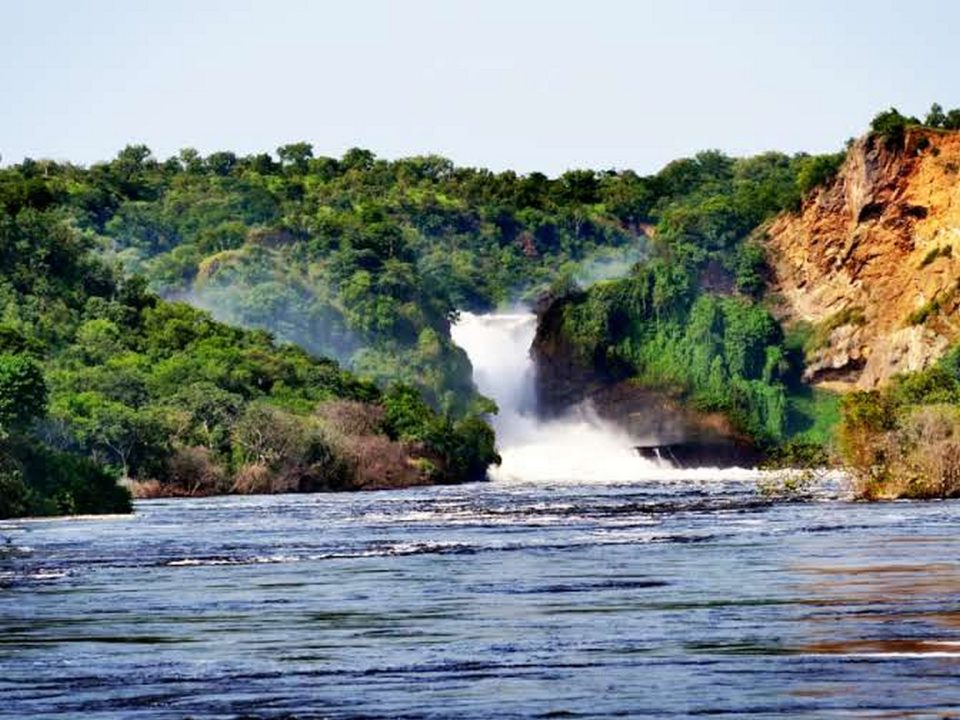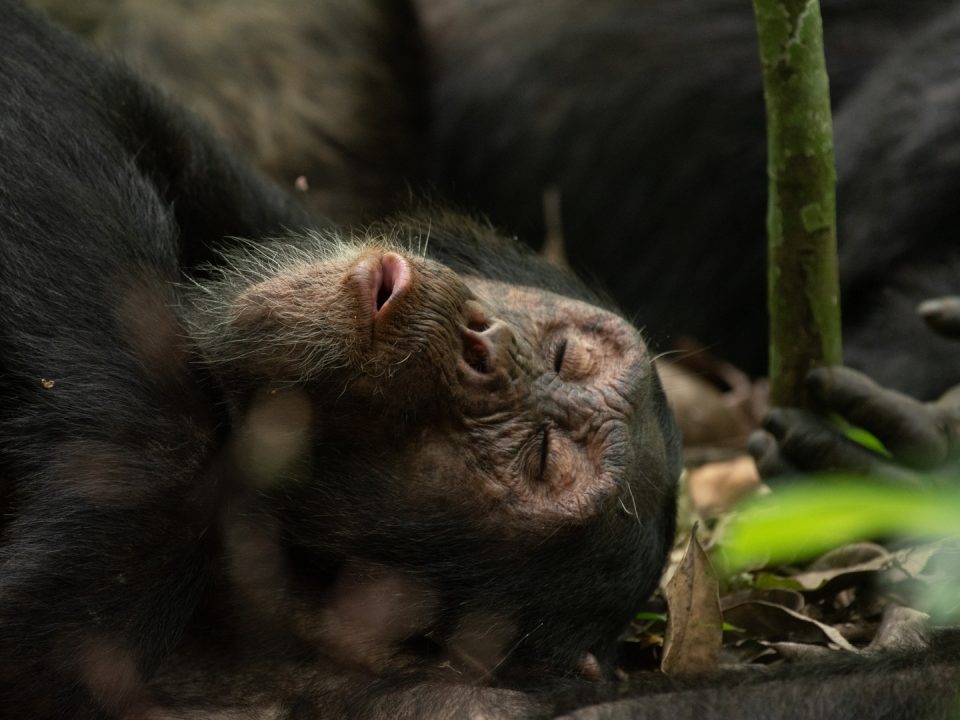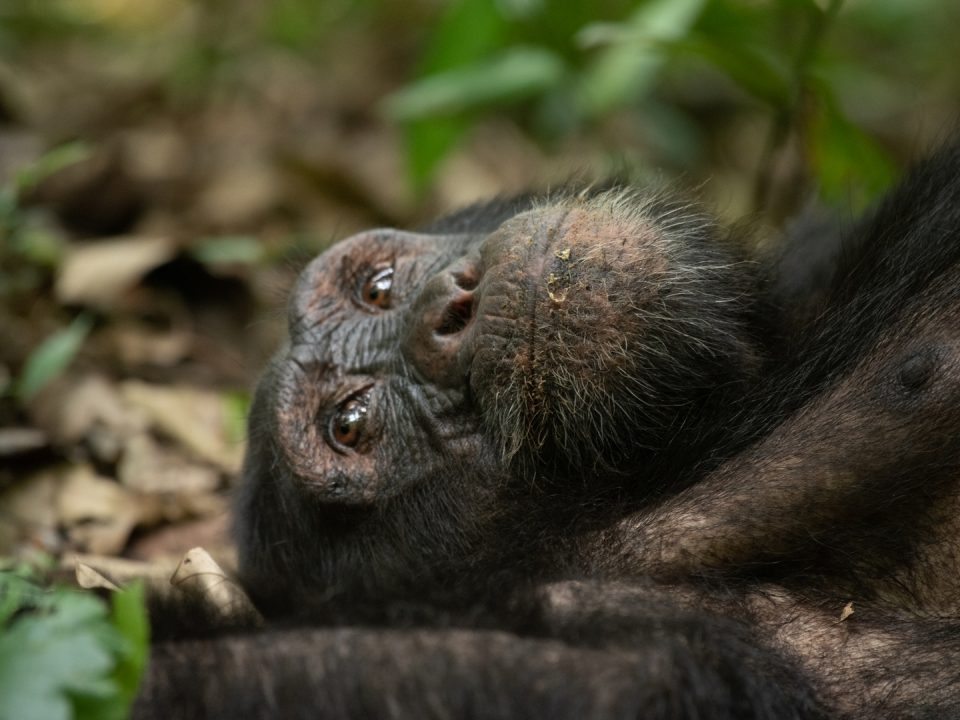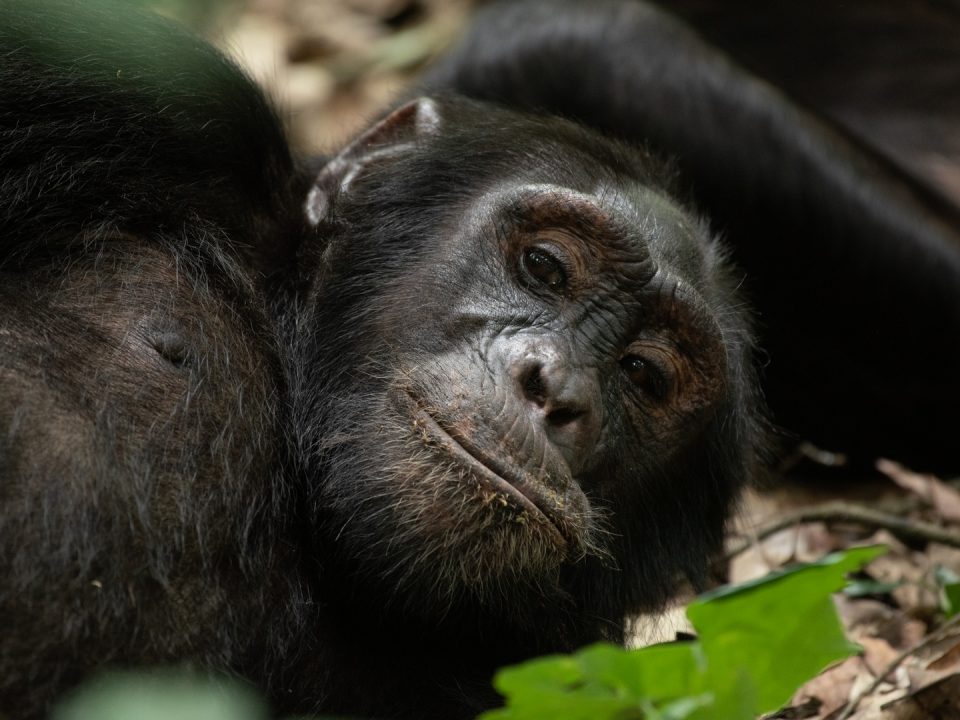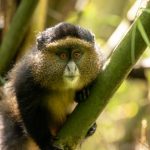
How Much Does It Cost to Trek the Golden Monkey in Rwanda?
March 1, 2025
What is a Gorilla Trekking Permit?
March 1, 2025When Should I Go Gorilla Trekking in Rwanda?
Gorilla trekking in Rwanda is an experience of a lifetime, offering travelers the chance to observe endangered mountain gorillas in their natural habitat. The Volcanoes National Park, located in the northwestern part of the country, is home to these majestic creatures. Deciding when to go gorilla trekking is an essential part of your planning process, as various factors can influence your experience, such as weather conditions, accessibility, crowd levels, and wildlife behavior. This article provides a comprehensive guide to help you choose the best time to embark on this extraordinary adventure.
Best Time for Gorilla Trekking in Rwanda: Dry Seasons
The best time for gorilla trekking in Rwanda is during the two dry seasons, which occur from June to September and December to February. These months offer the most favorable weather conditions for trekking. Here’s why:
Optimal Weather Conditions
Rwanda’s tropical climate means that rainfall can occur throughout the year, but during the dry seasons, you can expect less rain. The dry weather makes it easier to navigate the forest trails and enjoy clear views of the wildlife. The Volcanoes National Park, which is the primary location for gorilla trekking, is characterized by dense vegetation and rugged terrain. Trekking during the dry season means less mud, easier access to the gorilla groups, and more comfortable hiking conditions.
Accessible Trails
During the rainy season, the trails can become slippery, and trekking can be more challenging, especially for those with limited physical fitness. The dry season allows for easier movement through the forests and less likelihood of getting stuck in deep mud. The clearer skies and drier ground make for better visibility when trekking to find the gorillas.
Wildlife Viewing
The dry season also coincides with the time when other wildlife is easier to spot. The abundance of food in the forest makes the gorillas more active and often easier to find. While the forest can still be thick, the dry weather conditions ensure that the overall trekking experience is much more comfortable.
Low Season: Rainy Seasons (March to May and October to November)
Although the dry seasons are the most popular time for gorilla trekking, the rainy seasons also offer some distinct advantages for certain types of travelers. The rainy seasons in Rwanda are from March to May and October to November. Here’s what to consider if you’re thinking about trekking during these months:
Fewer Tourists
One of the most appealing factors of the rainy season is that there are fewer tourists. The high demand for permits drops significantly, meaning you’re more likely to secure a last-minute permit, and the parks will be less crowded. For those who prefer a more private, tranquil experience, trekking during the rainy season can be ideal. The trails are quieter, allowing for a more intimate and personal encounter with the gorillas.
Lush Green Scenery
Rwanda’s lush, verdant landscapes come to life during the rainy season. The forests are incredibly green, and the surroundings are vibrant and picturesque. For nature lovers, this season provides breathtaking views of the terrain and wildlife. The rainy season is a great time for photographers who want to capture the essence of Rwanda’s natural beauty.
More Challenging Trekking Conditions
However, trekking during the rainy season also comes with challenges. The trails can become muddy, making hiking conditions difficult and slippery. The gorillas themselves are often more dispersed in their search for food, and trekking may require more time and effort. If you choose to go during the rainy season, it’s important to be prepared for wet conditions, with waterproof clothing and sturdy hiking boots.
Lower Prices
Since the rainy season is considered the low season for gorilla trekking, you might find that costs, including accommodation and other services, are lower. Many hotels and lodges near Volcanoes National Park offer discounts during this period, making it a budget-friendly time to go on a gorilla trek. This can be an excellent opportunity for those who are flexible with their travel dates and don’t mind the weather conditions.
Shoulder Seasons: Transition Periods (February and October)
The months of February and October are considered the shoulder seasons in Rwanda. These months fall between the rainy and dry seasons, offering a mix of both conditions. Here’s what you can expect during these periods:
Mild Weather Conditions
While not as dry as the peak dry season, these months often have relatively mild weather. The trails aren’t as muddy as in the full rainy season, and rainfall is generally lighter. These months offer a good balance, allowing you to experience Rwanda’s stunning landscape without the extreme weather conditions associated with the wet season.
Moderate Crowds
The shoulder seasons also tend to have fewer tourists than the peak dry seasons. This means that, while there may be more trekkers than in the full rainy season, the park will still feel less crowded than during the high season. If you’re looking to experience gorilla trekking with moderate crowd levels and pleasant weather, these months may be an ideal option.
A Great Compromise
For those looking for the benefits of both dry and rainy seasons, February and October are the perfect compromise. The trails are manageable, the gorillas are still active, and you can avoid the heavy crowds of the peak season. Plus, these months often come with slightly lower accommodation rates compared to the peak dry months, making them an affordable option for budget-conscious travelers.
Factors to Consider When Choosing Your Trekking Dates
In addition to the seasons, several other factors can influence the timing of your gorilla trekking adventure:
Physical Fitness
Gorilla trekking is a physically demanding activity, and the trek can last from one to six hours, depending on the location of the gorilla group. The trails in Volcanoes National Park can be steep, and trekkers may encounter muddy or slippery conditions. If you are traveling during the rainy season, be prepared for more challenging conditions. Assess your fitness level before booking, and choose the time that aligns with your ability to handle the physical demands of the trek.
Availability of Permits
Gorilla trekking permits are limited to 80 per day in Volcanoes National Park, and they sell out quickly, especially during the high season (June to September). If you are set on traveling during the peak season, it’s important to book your permit well in advance, ideally 6-12 months before your planned trip. For the low season, permits may be available for last-minute bookings, but it’s still a good idea to reserve in advance to avoid disappointment.
Budget Considerations
Traveling during the high season (June to September) is generally more expensive due to higher demand for accommodation and services. However, during the rainy season (March to May and October to November), you can find discounted rates on accommodations and other services, making it a more budget-friendly option. The shoulder season (February and October) offers a balance of reasonable prices and moderate weather.
Conclusion
The best time to go gorilla trekking in Rwanda depends on your preferences, budget, and physical fitness. The dry seasons (June to September and December to February) are ideal for comfortable trekking conditions and clear weather, but the rainy season (March to May and October to November) offers fewer crowds and lush landscapes. The shoulder seasons, February and October, provide a good compromise with moderate weather and fewer tourists. Regardless of when you choose to trek, Rwanda offers a world-class experience that will leave you with lasting memories of encountering the majestic mountain gorillas in their natural habitat.
At Deks Safaris & Tours Ltd., we are happy to assist you in planning your gorilla trekking adventure, from selecting the best time to visit to securing permits, transportation, and accommodations. Let us help you make your gorilla trekking dreams come true!

